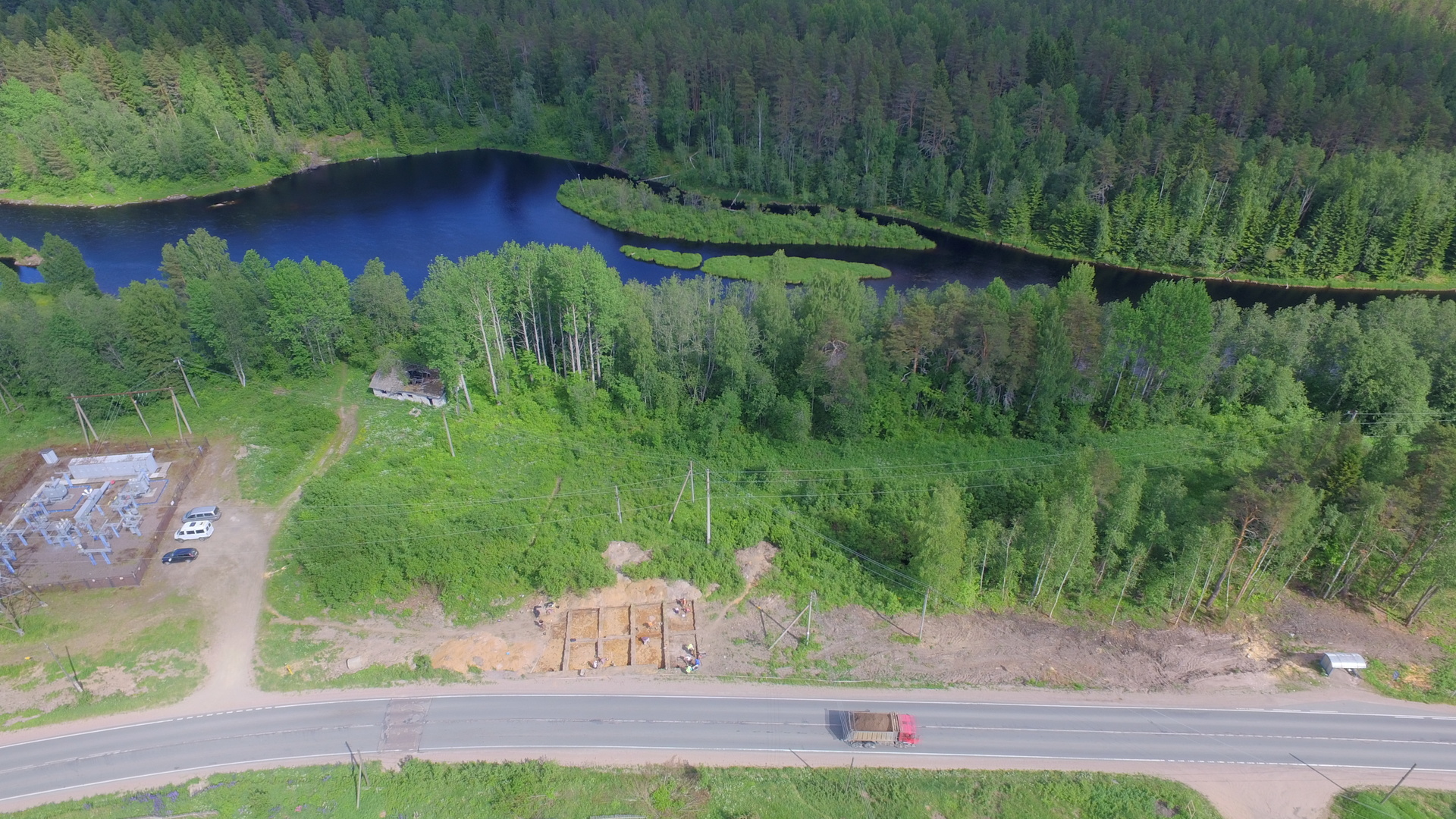The northern expedition of the Institute of Archeology of the Russian Academy of Sciences (IA RAS) discovered numerous tools and other items of the Stone Age at the sites of ancient people northeast of Lake Ladoga.
The press service of the institute reports.
Extensive excavations in the area of the Uksunjoki River flowing into Lake Ladoga were carried out by scientists before the reconstruction of the Olonets-Vyartsilya highway.
On a 2200 m² plot, they have collected a large collection of stone finds - over 6 thousand items.
The first finds from the Stone Age were made in this area back in 1980.
Then the first seven sites of ancient people were identified, and later, in 2015-2016, two more.
The discovered archaeological sites were registered as objects of cultural heritage and placed under state protection, but until now they have never been fully studied by specialists.
Stone products: polished adze, scraper, knife.
Uksa VIII site
© Press Service of the Institute of Archeology RAS
The first large study of the Mesolithic (from 7 to 2 thousand years ago) sites in the Northeastern Ladoga area made it possible to reveal the structure of the largest ancient settlement, Uksa VIII, and to trace the stages of its development.
“Excavations of Stone Age sites are rarely carried out over a large area, and even less often it is possible to explore both the central and peripheral areas of settlements.
We managed to cover a significant part of the ancient site, reveal its structure and find a hearth, the design of which was different at each stage of settlement.
Such a find is extremely important for the Northeastern Ladoga region, a region that has been little studied in archaeological terms, ”said Dmitry Ozherelyev, scientific leader of the Uksinsky detachment of the Northern Expedition of the IA RAS.
According to scientists, the territory of Karelia was settled by people quite late.
During the Paleolithic, when people inhabited the space of Eurasia and had already carved figurines of Venus and painted caves, the Karelian land was covered with glaciers.
Only 14-12.5 thousand years ago the Valdai glaciation retreated, freeing Lake Ladoga from ice.
It is believed that the first people in these parts appeared about 7 thousand years ago, settling on the shore of one of the bays of ancient Ladoga.
Most of the finds were made in the southern part of the region - in places that were freed from ice earlier than others.
Location of the Uksa VIII site in relation to the Uuksunjoki River
© Press Service of the Institute of Archeology RAS
“Now the monuments are 7 meters above the level of the river, but during their existence the water level was much higher.
These sites were inhabited at a time when the level of Ladoga had not yet dropped to the present level, but at the same time there were no longer glaciers and a flora and fauna similar to the modern one was formed: a coniferous forest grew, in which animals were found, of which the main most likely, the game was an elk, and there were a lot of fish in the rivers, ”noted Dmitry Ozherelyev.
One of the most interesting discoveries was the discovery of the remains of a dwelling, the central part of which was occupied by a hearth, which was rebuilt three times.
Therefore, it is assumed that there were at least three stages of the development of this territory.
The hearth is in the process of excavation.
Uksa VIII site
© Press Service of the Institute of Archeology RAS
Archaeologists have found that the earliest hearth was laid with stones in several layers in the shape of a figure eight and deeply deepened into the ground.
Then the people returned to the site and built a new hearth in the form of a circle.
The last hearth was elongated and possibly quadrangular, experts say.
Among other finds, archaeologists discovered objects that ancient people actively used in everyday life: scrapers, chisel tools, knives, cutters, polished adzes and hoes.
Scientists have found that the inhabitants of the sites on ancient Ladoga skillfully adapted to the peculiarities of the environment and created tools from quartz, shale, lidite and single flints.
The samples collected during the excavations were sent by archaeologists for spore-pollen, radiocarbon, geochemical and other analyzes in order to find out the exact time of people living in the territory of modern Karelia, to study the features of the ancient habitat and expand ideas about the activities of people of the Stone Age.
According to Dmitry Ozherelyev, a study of the region's archaeological sites will allow specialists to understand how this territory was settled, representatives of which cultures founded settlements here and what their life was like.

